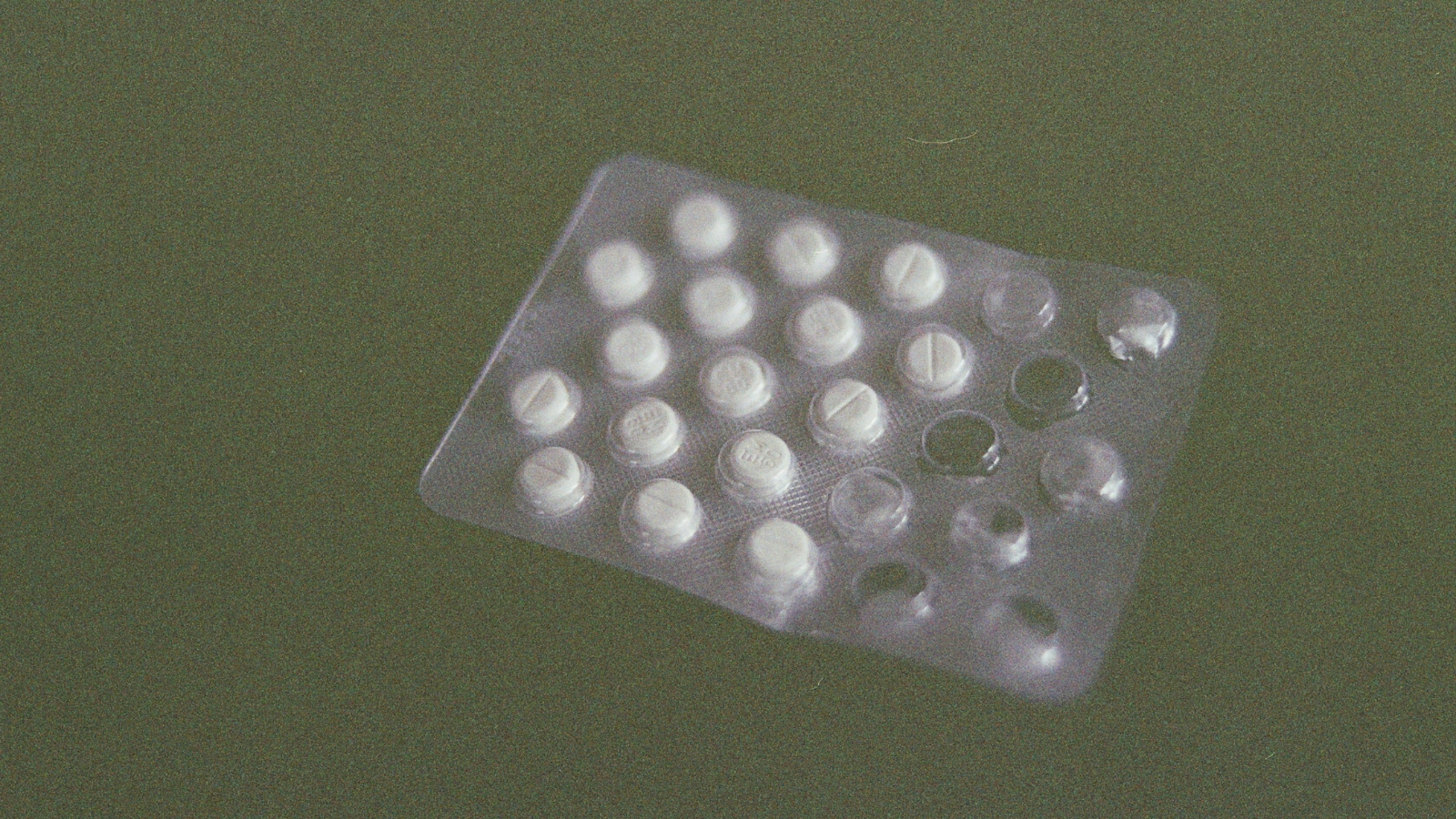The Wolf of Wall Street is on his yacht in severely stormy seas, certain of his impending demise. As the lavish pleasure craft pummeled by towering waves before riveted audiences with incredulous eyes glued to Martin Scorsese’s cinematic masterpiece, the Wall Street penny stock millionaire and king of debauchery Jordan Belfort offers one final declaration: “Get the ‘ludes…I WILL NOT DIE SOBER!”
He sends for his beloved Quaaludes, ready to dissociate from the nightmare at hand.

A Bygone Era
For many of us who weren’t around in the swinging 60s or the Disco Fever 70s, the enigmatic inebriant depicted on screen was entirely outside of our cultural frame of reference.
A favorite party drug of the Hollywood elite and Wall Street party people during the height of the disco era and on into the corporate takeover 80s, Quaaludes famously fueled the benders of icons like Hunter S. Thompson, Keith Richards, and Carrie Fisher, among many others.
This powerful sedative was revered by many of the cultural icons synonymous with sex, drugs, and rock n’ roll—and then it suddenly vanished.
The Rise and Fall of Methaqualone
‘Methaqualone’ pills, more popularly known as ‘Quaaludes,’ are a hypnotic sedative that functions as a Central Nervous System depressant.
This substance induces feelings of muscle relaxation and euphoria, as well as a loss of motor skills and coordination, among other effects.
Methaqualone was first synthesized in India in 1955 as an anti-malaria medication. The drug made its way to the U.S. by the mid-1960s, where doctors prescribed it to treat insomnia and anxiety before quickly finding its way to popularity as a recreational substance in disco club culture. The popularity of the drug in the nightlife circuit even earned it the moniker ‘Disco Biscuits’ thanks to its prominence as an accentuator of good times and ecstatic experiences.
They also developed a reputation as an aphrodisiac of sorts, helping people to relax and open up. Especially when mixed with alcohol or other inebriants, this could lead to dangerous outcomes and dark places such as the world learned via disgraced comedian Bill Cosby’s admission that he used Quaaludes to drug his sexual assault victims.
Legal Crackdown and Cultural Impact
After a relatively brief tenure of use in clinical settings, the drug caught on with rockstars and royalty in the swinging 60s. This led to a surge in recreational use, which soon caught the attention of authorities.
The drug was officially cracked down upon in Britain in 1971 via inclusion in the Misuse of Drugs Act 1971, with the U.S. following suit in 1973 and designating ‘Ludes’ as Schedule 2 substances under the Controlled Substances Act. This scheduling stipulates that a drug has ‘a high potential for abuse’ despite possessing recognized medical value.
Quaaludes continued to proliferate in the underground club scene and celebrity circles; Anthony Bourdain was one of the numerous icons with a proclivity for the effects of methaqualone, as noted in his recounting of a Hunter S. Thompson-inspired road trip to the Catskills during the 1970’s when the chef and an accomplice packed their car full of ‘LSD, weed, Lebanese hash, gin, beer, and Quaaludes.’

The Decline and Disappearance
The United States government bumped Methaqualone up to Schedule I in 1984, categorizing it alongside drugs such as heroin and PCP.
MDMA was also classified as a Schedule I substance shortly thereafter in 1985 after news spread of underground therapists reportedly giving it to their patients. Although a number of the substances that have been scheduled atop the Controlled Substances Act are now being reintroduced to the mainstream as agents of potential disruptive and positive change in the treatment of mental health and physiological indications, methaqualone/quaaludes have interestingly been sidelined in this conversation.
Between the mid-1980s and 2012, Quaaludes received very little attention or recognition in the general public or the underground. They were relegated to a place of nostalgia, referenced sparingly in interviews and memoirs of important cultural figures reminiscing about the swinging 60s and the Disco Fever 70s.
Cultural Revival
Quaaludes came roaring back into the cultural mainstream with the release of The Wolf of Wall Street by Martin Scorsese in 2013. This enigmatic substance was prominently featured partly because the film’s legendary director, Martin Scorcese, admitted that he himself had a penchant for using them in an earlier era.
Today, with cutting-edge scientific research and cultural interest validating legitimate use cases for a number of the substances on the antiquated Controlled Substances Act scheduling system, one has to ask whether Quaaludes may have also been unfairly maligned and, as such, be due for a reevaluation and reintroduction to the supply.















